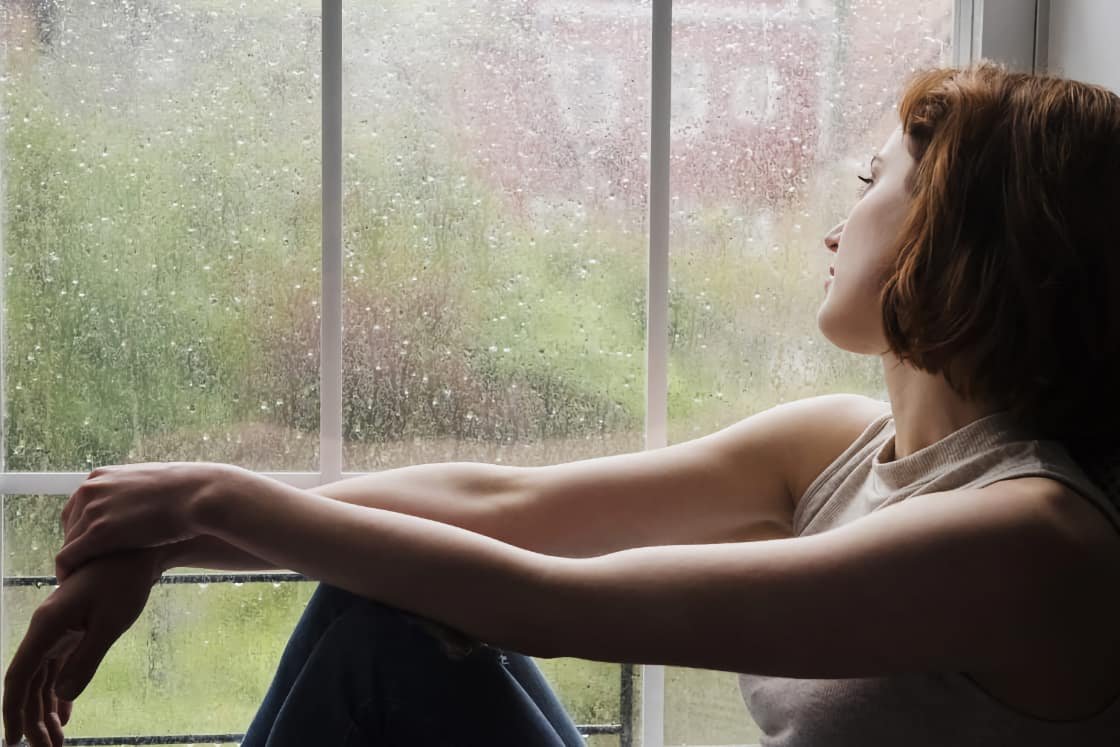Daylight hours are getting noticeably shorter this month and you might be noticing the beginnings of the “winter blues” in yourself or in loved ones. It’s not unusual for moods to change along with the seasons, as symptoms may start to develop in October, worsen around daylight savings time, and become a bit more prominent until spring, when we get longer daylight hours again. What is this phenomenon? It’s called Seasonal Affective Disorder, or SAD, for short.
What are some of the symptoms of these “winter blues?”
Feeling down, having problems with sleep, having trouble concentrating, having low energy, changes in appetite, loss of interest in usually fun activities, wanting to hibernate, craving carbohydrates, and unusual weight change may all be indicators of SAD.
In truth, millions of people suffer from SAD, which occurs much more frequently in women, and is more common in those living in northern states. In most cases, these “winter blues” seem to crop up during young adulthood.
What causes this to happen?
There doesn’t seem to be a definitive answer, but there are theories that during the winter months, people may experience reduced serotonin levels in the brain, a chemical that is important in mood regulation. Another theory is that there may be an over-production of the hormone, melatonin, which regulates our brain’s sleep cycles. Since both of these chemicals are tied to our body’s daily rhythms, changes in those levels can result in seasonal disruption as the daylight hours become shorter.
What should a person to do to fight against these seasonal blues?
Consider light therapy. Getting as much exposure to daylight and/or a bright lightbox can certainly help. Light boxes are about 20 times brighter than ordinary sunlight, so sitting by the box for 30-45 minutes each day may do the trick. Note: people with certain eye diseases or who are taking certain medications that increase sensitivity to sunlight should get permission from their physician before trying this. No light box? Wrap up and take a walk each day for about an hour or so. Better yet, take friends along to enjoy your stroll and enjoy some good conversation and companionship. The exercise will be good for both your physical and your mental health.
Here’s another train of thought: since we experience less daylight during the fall and winter months, there may be a decrease in our vitamin D levels, so adding this nutritional supplement may help to improve symptoms.
Additionally, watching what foods you are eating can help to increase your energy during these months. A diet rich in protein, simple carbs, and loaded with vitamins can help. Enjoy some yummy carbs! Cold weather is a perfect time to enjoy some pasta and potatoes too, just don’t forget to eat your fruits and veggies!
Spend time with people who make you happy, and enjoy those activities that feed your creative side. It’s a great way to lift your mood, and even if you don’t feel like it initially, jumping into those activities or into a social situation will likely lift your mood without you even noticing that it’s happening.
Get as much natural light as you can by sitting near a window whenever possible throughout the day. Even if it’s cloudy, you still can benefit from natural daylight.
Do you have a stressful event or situation coming up? Are you becoming overwhelmed by the upcoming holiday season and all the business that comes with it? Plan ahead to purposefully reduce activities during this time, and make sure to make time to relax and unwind.
Speaking of those holidays, remember all the parts of the season that bring you joy: the festivities, the comfy sweaters, the hot cocoa, the crackling fires in the fireplace, and the company of friends and family. Immerse yourself in the holidays and really let the holiday cheer envelope you.
And importantly, if you need additional help, seek it out. A trained mental health professional can offer you advice to help you through the dark season. Asking for help is not a sign of weakness, but is a real show of strength, so take advantage of their services if needed.
These “winter blues” are not just your imagination. Millions of people are mood-affected during these darker months, so don’t just brush off your low mood. There are things that you can do to counter the effects of SAD until spring and summer comes again!





